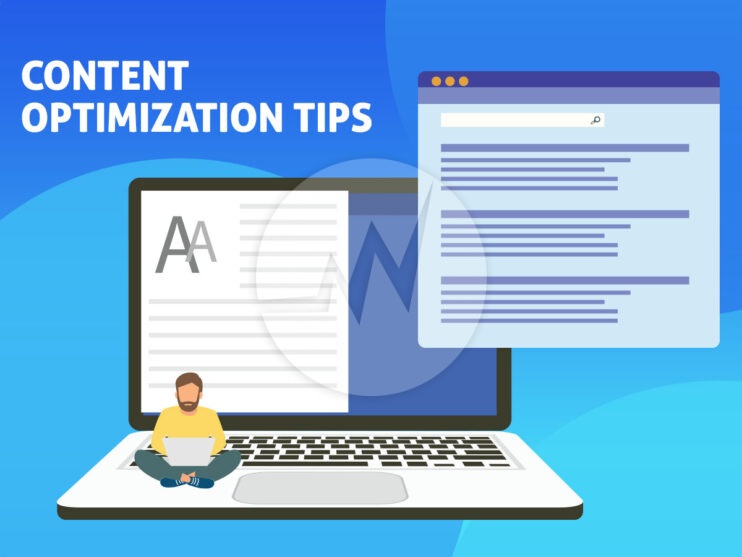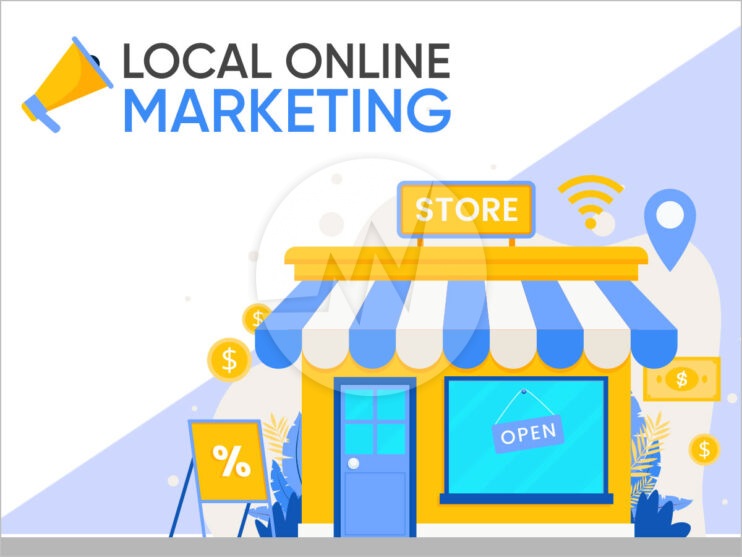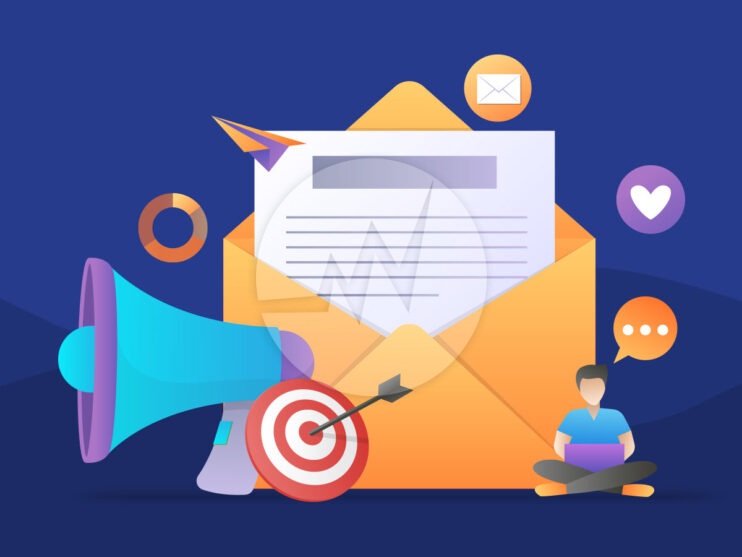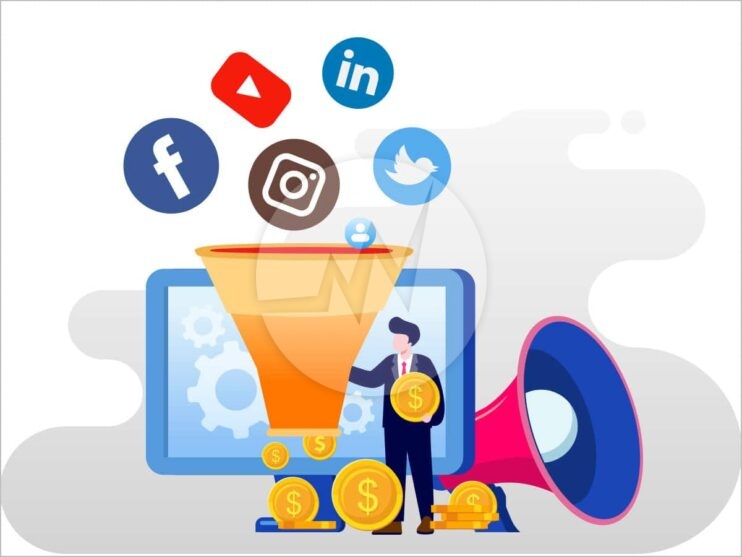Content is King! – 5 Basic Content Optimization Tips to Improve Google Rankings

Fit for Google: With these simple content SEO tips you optimize your website!
Good content is the key to successful search engine optimization. Read here how you can get more out of your content with the 5 most important basics in content SEO.
1. Content is King: Value Helpful Content
Even optimal search engine optimization is of little use if your content is not convincing. You should therefore always keep an eye on the needs of the user when creating your content. Put yourself in customer role and think about the problems and concerns with which the customer visits your site. Who is the user? What want to find out about? What topics interest to the customer? Your content is successful when it offers the user added value – with unique, appealingly worded and easily understandable texts. Get to know the search intentions of users and optimize content in a targeted manner. This also makes Googlebot happy. Check out more SEO content optimization tips for B2B Organization.
Only with appealing content can you attract users from search engines and convince you of your company
Good Content SEO Needs Accuracy
For good content SEO, you should always go one step further – and structure your content iteratively (repetitively) in a user-friendly manner with meaningful, keyword-optimized headlines and add suitable images – as well as one or the other targeted link. Last but not least, the meta data (title tag and meta description) should also match your content: the user experience begins in the search engine. From clicking on the search result to the point at which you want to guide the user, the content should appear consistent and convincing.
It is best to define a central focus keyword for each individual page that you use in all important places on this page:
- In the URL to the respective page
- In the H1 headline at the top of the page
- In the first introductory sentences – these are crucial!
- In the first H2 headline (which introduces the first subsection)
- At least once marked in bold in the body text
- In the internal links to the page (see point 4)
- In the title tag and in the meta description (see point 5)
- And in the pictures (see last section)
2. Good SEO Texts – The Heart of Content SEO
For a long time, SEO texts were considered bulky, difficult to understand and far too long. Fortunately, those days are over. Instead of the keyword density, the legibility of a text has come to the fore. Therefore, avoid the generic stringing together of keywords and embed the most important terms in a high-quality article instead. Practical: In most cases, well-researched content already contains many keywords and does not require extensive optimization. So focus more on the quality of the text and less on keywords, length or number of words.
Quality and legibility also mean: structure your texts sensibly with keyword-optimized headings:
<h1> H1 heading </h1> [ text ]
<h2> H2 heading </h2> [ text ]
<h3> H3 heading </h3> [ text ]
<h4> H4 heading </h4> [ text ]
<h5> H5 heading </h5> [ text ]
<h6> H6 heading </h6> [ text ]
Optimal Length for SEO Texts
Despite numerous studies, there is no clear magic formula for the length of the text. However, be careful not to stray from the topic or start to gossip. Provide the user with all the necessary information as briefly, compactly and efficiently as possible. Use synonyms and semantically related terms of your keywords to loosen up your text. Jump marks, subheadings and paragraphs are used for structuring and create clarity.
In general, it can be said: Texts with a length of 1000 words or more usually have chances for a good ranking in search engines.
3. User Friendliness
This guiding principle should also come first for you and your website. The term user-friendliness summarizes how efficient, targeted and pleasant it is for the user to stay on your website. How quickly can users find their way around the site? Do advertising banners or long loading times disturb the user experience? Are there any error messages or are there broken links?
A Longer Stay and Better Conversion Rates Through Optimal Usability
All of these factors determine whether the user stays on your website for longer or leaves it quickly. With an intuitive structure, easy-to-read text, meaningful navigation, clear categories and call-to-actions, you ensure a positive user experience. This creates satisfaction and increases your conversion rate.
You can monitor the length of stay and bounce rate as well as, after a little fine tuning, the conversion rates on your website with Google Analytics free of charge.
4. Internal Links in the Content Area
Links are also important for successful content SEO: above all the internal links, which you can freely determine yourself. Internal links play a major role in the success of your website, especially if they are set in the content area of the page. They are perceived more strongly and called up more often than links in the navigation, in the footer or in the sidebar. Therefore, try to include two to four links to other subpages in each text. Pay attention to meaningful and topic-related links. That means: The linked page is thematically related to the page from which the link is being made.
Set up targeted internal links in the content area to guide the user to where you want customer to be.
Pay Attention to the Appropriate Anchor Text
The anchor text of the link (linking text section) should clearly convey what the subject of the linked page is. Avoid spongy statements like “Even more information” that has no added value for the user and the search engine. Instead, place your most important keywords in the links. Don’t worry: it won’t harm your website if you use the same keyword in the anchor text again and again. Nevertheless, come up with a sensible concept so as not to damage the legibility of your content through duplication.
Highlight your links in color. Varying font markings can also help the user to recognize your links better. This increases the willingness to click and ensures that visitors spend more time on your website.
5. Meta Data
Meta-Title, Meta-Description and Alt-Tag inform the user about which topics your website deals with. And thus have a decisive influence on the decision whether to visit it or not. For this reason, the meta data should definitely be part of your optimization – even if it does not appear visible on your website. Watch out the the Ultimate guide on Meta Tag for SEO best practices.
It is best to build the snippet first before creating a page
A snippet consists of:
URL: max. 2083 characters, optimally max. 75 characters and max. 3 subfolders
Title tag: max. 512 pixels or 70 characters
Meta description: max. 920 pixels or 155 characters
Always use a descriptive URL (use of lower-case terms divided by hyphens, no strings, no underscores) and use the focus keyword in the URL, in the title and in the description – this is the only way to set the basic requirements for a good ranking.
Google uses the meta data to create the search engine snippet of your page. This contains all relevant information about your website and is displayed to the user by the search engine when searching. If you have not saved any meta data, Google will automatically generate the snippet from the content of your website. In many cases, this means that the user is left with a negative impression due to incoherent text components – and the user does not visit your website.
Images SEO: Images can also be Optimized
It is best to optimize your pictures before uploading them to the website: make sure they are the right size (not too small, but not too big either, in order not to lengthen the loading time of the website) and give the image file a name, which contains an important keyword of the page on which the image is to be used. There are also meta data for images that you can optimize.
Meta Data for Images
A so-called alt tag is used when pictures cannot be displayed on a website. It is stored in the source text of an image file and helps the search engine to assign the content of the image. The customer also supports visually impaired people with barrier-free access to a website. With the help of screen readers, content can be identified and reproduced acoustically.
When optimizing images, always keep in mind that the image should fit well to the page, but also well within the search engine to the search term
There are also title tags for images (displayed as tool tips when you hover the mouse pointer over the image on desktop devices) and captions that are also relevant for search engines and influence where the image appears in the search results becomes.
If you are looking for content marketing strategies, SEO content optimization, Local search engine optimization, local online marketing, local digital marketing, social media marketing, search engine optimization services, digital marketing services, PPC campaign management services and more, Please Explore our SEO Services!






